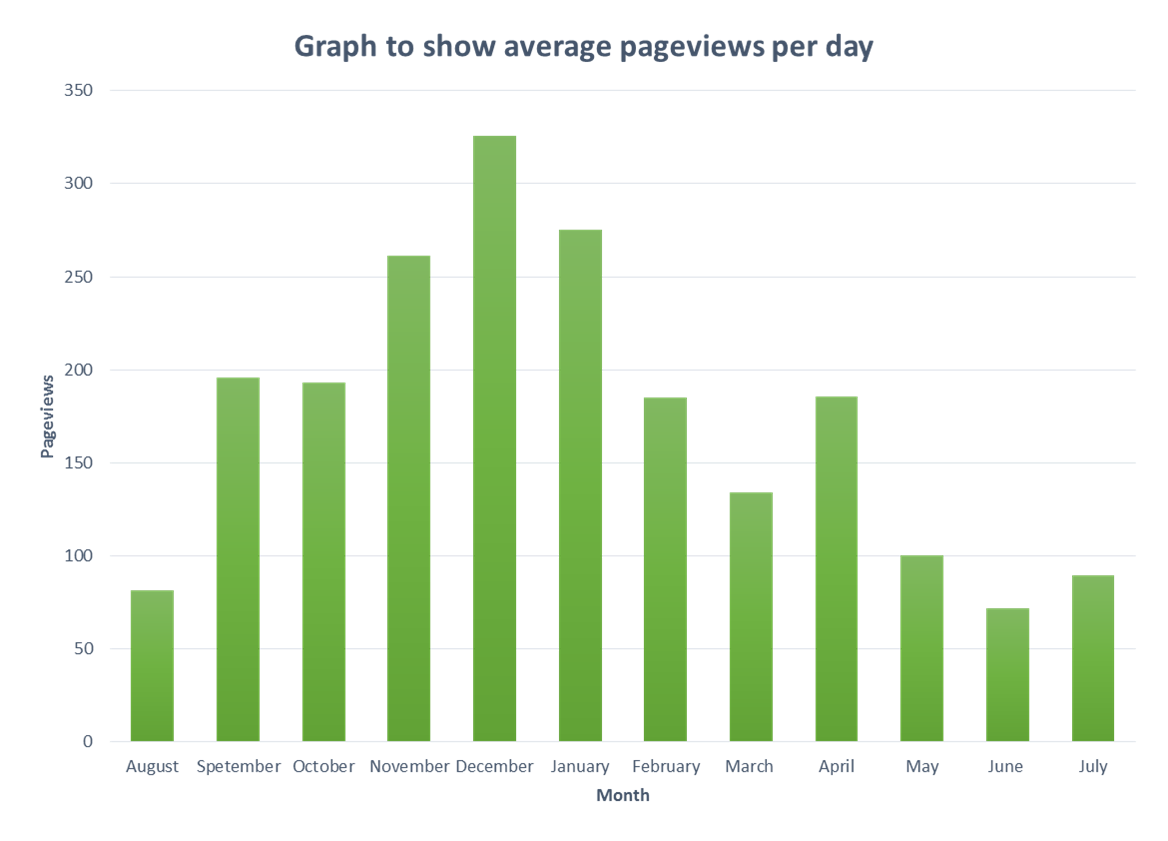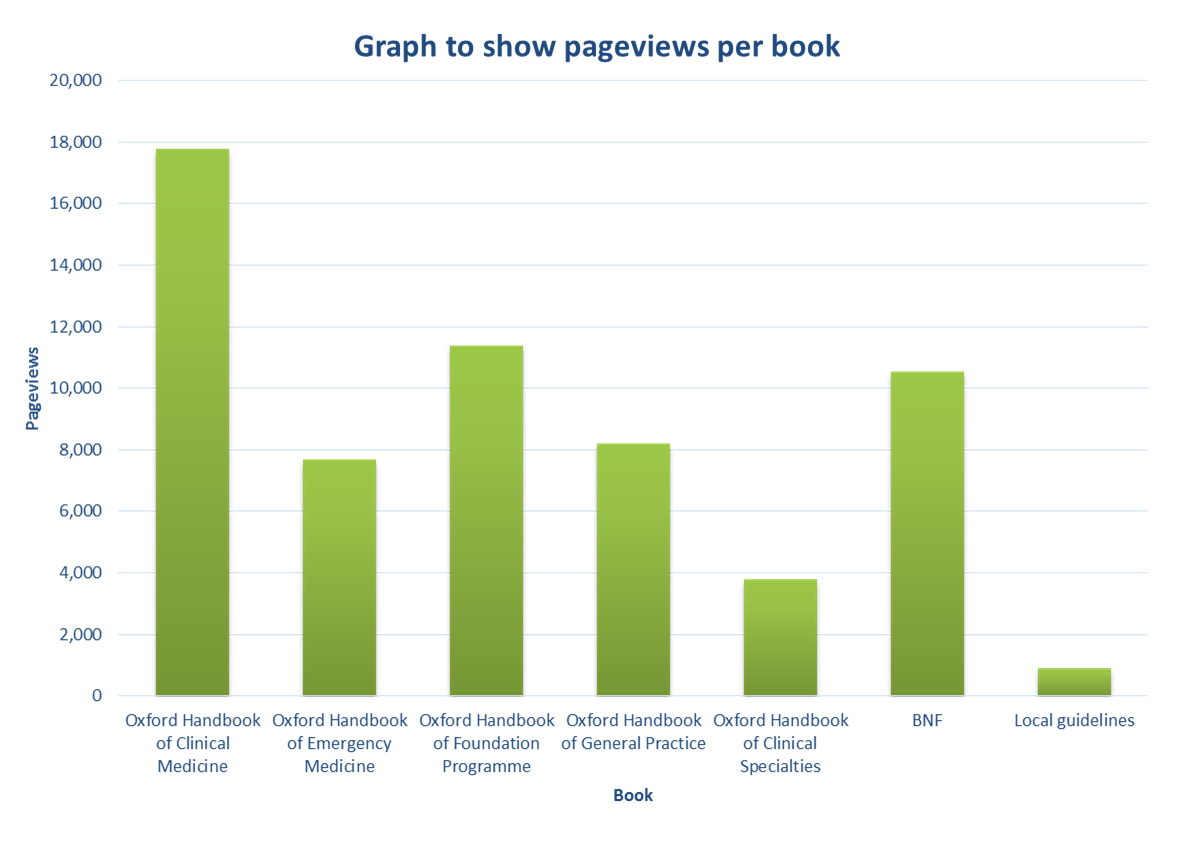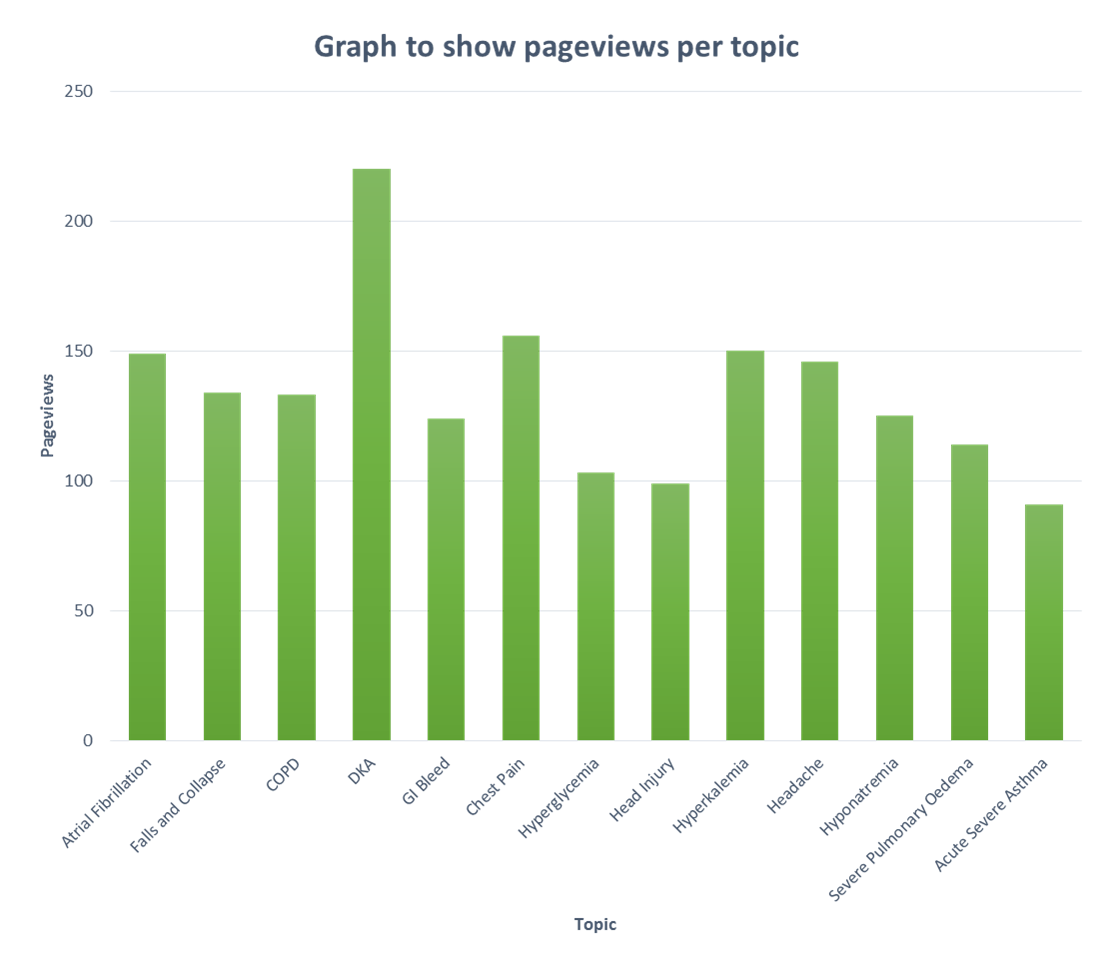


Theme
3AA Mobile learning and social networks
INSTITUTION
North Middlesex University Hospital NHS Trust - United Kingdom
Chelsea and Westminster Hospital NHS Foundation Trust - United Kingdom
Imperial College - United Kingdom

There has been a large increase in the use of smartphone apps amongst junior doctors in recent years[i]. As the number of training hours decreases, junior doctors are finding novel ways to support continuing medical education. Apps can provide doctors with relevant and up-to-date information, both at point of care and on the go[ii][iii]. This is something junior doctors were previously unable to do as they were reliant on information gathering from textbooks and desktop computers. By providing immediate access to the most current medical information, doctors can be helped to make informed decisions with fewer errors.
Unfortunately subscription to such apps can be prohibitively expensive to both individuals and organisations[iv]. Analysis of usage data from apps could be used to understand how junior doctors use apps day to day and what content they find most useful. This could then be used to focus content, thereby maintaining a cost-efficient app, with the potential to reinforce good medical practice.
Access to commercial medical handbook electronic content was obtained through the app ‘DrCompanion’ for a cohort of 150 medical students. This contained well known published books such as Oxford Handbook of Clinical Medicine, Oxford Handbook for the Foundation Programme and the Oxford Handbook for Emergency Medicine, as well as digitised local guidelines and the BNF. Anonymous usage data and metadata for every page view was recorded, and then categorised by user, topic and publication. Quantitative analysis of these multiple datapoints was performed in Microsoft Excel using PivotTables. Frequency of topic, and book access, times and dates of access and usage throughout the year were analysed. This data was then interpreted by triangulation with thematic analysis of face to face interviews and questionnaires from users, giving insights into junior doctors’ requirements and preferences for rapid access, point-of-care clinical information.
A business case has been built upon these findings to maintain the app subscription for a further year. This has been pitched at a reduced cost, by focussing on most used content. We are also using this information and feedback to develop our own app to support junior doctors at Imperial College NHS Healthcare Trust, to provide guidelines and other useful point-of-care clinical information.
[i] KF Payne et al Smartphone and medical related App use among medical students and junior doctors in the United Kingdom (UK): a regional survey BMC Med Inform Decis Mak. 2012; 12: 12
[ii] KF Payne et al A mixed methods pilot study to investigate the impact of a hospital-specific iPhone application (iTreat) within a British junior doctor cohort. Health Informatics J. 2014 Mar;20(1):59-73
[iii] Mosa ASM et al A Systematic review of Healthcare Applications for Smartphones BMC Medical Informatics and Decision Making 2012, 12:67
[iv] H J Seabrook et al Medical applications: a database and characterization of apps in Apple iOS and Android platforms, BMC Res Notes. 2014; 7(1): 573
 Analysis of the usage date revealed uptake for the app was high; 76 doctors used the app at least once a week. There was a maximum of 791 page views in one day.
Analysis of the usage date revealed uptake for the app was high; 76 doctors used the app at least once a week. There was a maximum of 791 page views in one day.
The most popular content that was accessed was the Oxford Handbook of Clinical Medicine, the Oxford Handbook of the Foundation Programme and the BNF Commercial content was accessed most frequently. This was reinforced by triangulation with interviews and questionnaires. Several responses mentioned the ‘easy access to the Oxford Handbooks’ and the ‘ability to search through all the books’ as the most useful component of DrCompanion.
On asking how the app could be improved a common  theme was ‘more local clinical guidelines’. From interviews and questionnaires it seems that junior doctors felt that the current local guidelines available were poorly designed, difficult to read and not fit for purpose. However they commented that ‘guidelines at your fingertips are always a really useful thing’ and that more guidelines on the app would ‘be a real time saver’. Doctors mentioned currently guidelines can ‘be difficult to find’, due a lack of availability of computers in hospitals (‘there is never enough computers in hospital’) and hospital intranets that are ‘not user friendly’.
theme was ‘more local clinical guidelines’. From interviews and questionnaires it seems that junior doctors felt that the current local guidelines available were poorly designed, difficult to read and not fit for purpose. However they commented that ‘guidelines at your fingertips are always a really useful thing’ and that more guidelines on the app would ‘be a real time saver’. Doctors mentioned currently guidelines can ‘be difficult to find’, due a lack of availability of computers in hospitals (‘there is never enough computers in hospital’) and hospital intranets that are ‘not user friendly’.
 The most accessed topics were clinical emergencies such as chest pain, Diabetic Ketoacidosis, and electrolyte abnormalities. These were top topics across all the published content. Interview transcripts suggested that trainee doctors were often accessing the app at point-of-care to remind or update clinical knowledge contemporaneously – ‘usually on my way down to A&E I would look at them’, ‘it would be my get out of jail free card when stuck on the wards’.
The most accessed topics were clinical emergencies such as chest pain, Diabetic Ketoacidosis, and electrolyte abnormalities. These were top topics across all the published content. Interview transcripts suggested that trainee doctors were often accessing the app at point-of-care to remind or update clinical knowledge contemporaneously – ‘usually on my way down to A&E I would look at them’, ‘it would be my get out of jail free card when stuck on the wards’.
Another theme from interview analysis was that of acceptability of use of smart phones in the hospital environment. Doctors commented that ‘GPs just googling something’ was a common complaint and that use of smart phones may ‘undermine’ clinical skills, especially in front of a more elderly cohort of patients.
The app, especially commercial content, was well-used by our cohort. Junior doctors liked the range of content available to them and the ability to search multiple sources in one app. The cohort continued to use the app throughout the year that it was available to them.
The ability to use pre-downloaded content stored in the app without an active data connection was also noted to be an advantage. Doctors commented on the lack of computers, slow internet connections and poor 3G/4G signal available to them in many hospitals and cited DrCompanion as an alternative when needing to acquire information.
Interviews revealed point-of-care use was popular and valued amongst junior doctors. Doctors cited the app as extremely useful when about to see patients, when experiencing common ward dilemmas and to consolidate learning immediately after having seen patients or on the move. This highlights an important advantage that smartphone apps have over more traditional methods. Apps provide information at your fingertips in a busy, mobile job where having accurate information immediately available is essential for patient safety.
Doctors noted that to improve the app, a wider range of more easily accessible local guidelines should be included. Local guidelines were highlighted to be an essential tool for junior doctors day-to-day job and were often commented to currently be cumbersome to search for, for example on the trust intranet. It was therefore felt that being able to access them easily via an app would be preferable.
Although it is nearly impossible to measure a change in patient outcomes due to smartphone apps like Dr Companion it is clear that junior doctors use it and find it useful in their daily practice. More research needs to be done on the acceptability of the use of smartphones by doctors to the general public, and the use of apps in a wider cohort of doctors, from consultant to medical student.
 Send Email
Send Email